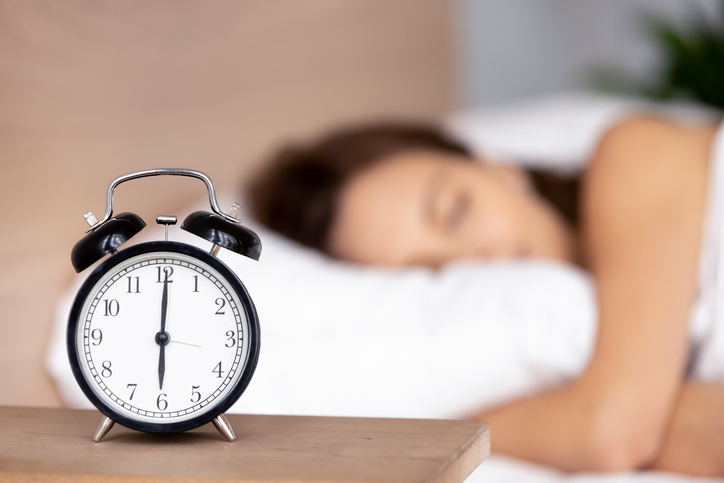Living with Chronic Pain
Tips to Reduce Morning Pain Levels

420 people found this helpful
Print
Share
Save
For individuals with inflammatory chronic pain conditions, such as migraine, fibromyalgia, or rheumatoid arthritis, pain levels are often high when waking up in the morning. Symptoms may include exhaustion (even after a good night’s sleep), aching/swollen feet, stiff joints, puffiness around the eyes, and muscle pain.
Fortunately, morning pain levels can be reduced with a few tips that can help make the process of getting out of bed in the morning less painful and difficult.
- Watch alcohol, nicotine, and caffeine intake
Caffeine, alcohol, and nicotine should be limited or avoided, especially before bedtime. They can interfere with the sleep cycle and increase morning pain levels. - Take a warm bath
Soak in a warm bath for at least ten minutes after waking to relax stiff joints and muscles. Soaking in a warm bath before going to bed is also beneficial. - Stay as active as possible
Engage in light to moderate physical activity. While physical activity is often difficult when dealing with high pain levels, it is greatly beneficial to incorporate light to moderate exercise into a morning routine. Walking, light yoga, tai chi, and water aerobics are considered to be the best options for exercise when dealing with fatigue and muscle pain. Regular physical activity strengthens muscles and improves flexibility — two principles that are critical for alleviating muscle pain and rigidity. - Practice good sleep hygiene
Getting quality sleep every night is one of the most critical components of decreasing pain levels. When sleep is disrupted, pain levels are often increased in the morning. Set a fixed time to go to sleep and wake up every day, so the mind and body develop a routine. Good sleep hygiene tips include taking a warm bath at night, drinking a calming non-caffeinated herbal tea, performing a self-massage, exercising earlier in the day, or using aromatherapy. - Consider medication timing
When pain medication is taken at night, it may be absent or at a low level in the bloodstream in the morning (depending on the specific type of medication). If pain levels are increased in the morning, it may be appropriate to take pain medication upon waking or prior to getting up for the day. Medication timing should always be discussed with the prescribing physician or a pharmacist.


















